
In the ever-changing digital marketing landscape, where tactics evolve with the swiftness of a mouse click, mastering the art of engagement and conversion is pivotal. Enter the realm of the “Facebook Funnel,” a strategic pathway that transforms casual social media interactions into a systematic journey toward brand loyalty and conversions.
In this comprehensive guide, we delve into the intricacies of the Facebook Funnel, exploring its significance, dissecting each stage, and providing actionable insights to empower marketers in leveraging the full potential of this powerful marketing concept. Whether you’re a seasoned marketer seeking to refine your approach or a newcomer navigating the social media landscape, understanding and implementing the Facebook Funnel Can unlock unprecedented success in your marketing endeavors.
Join us on this journey as we unravel the layers of the Facebook Funnel, paving the way for a more strategic and impactful social media marketing strategy.
Definition Facebook Funnel

Facebook Funnel is a step-by-step marketing process on Facebook designed to guide users from first discovering a brand or product to eventually becoming loyal customers.
It involves creating awareness, encouraging consideration, promoting conversions, and fostering customer retention through various stages on the social media platform. The funnel concept helps businesses strategically engage with users at each stage, ultimately turning casual observers into committed customers.
Purpose Of A Facebook Funnel

The primary purpose of a Facebook Funnel is to optimize the marketing process on Facebook by breaking it down into distinct stages. Each stage serves a specific purpose in the customer journey:
- Awareness Stage: Introduce the brand or product to a broader audience, creating awareness and capturing attention.
- Consideration Stage: Provide valuable information and incentives to encourage users to explore the brand further, fostering interest and consideration.
- Conversion Stage: Guide users towards making a specific action, such as a purchase or signing up, turning interest into a tangible result.
- Retention Stage: Nurture and retain customers by maintaining engagement, encouraging repeat business, and building brand loyalty.
Components Of The Facebook Funnel
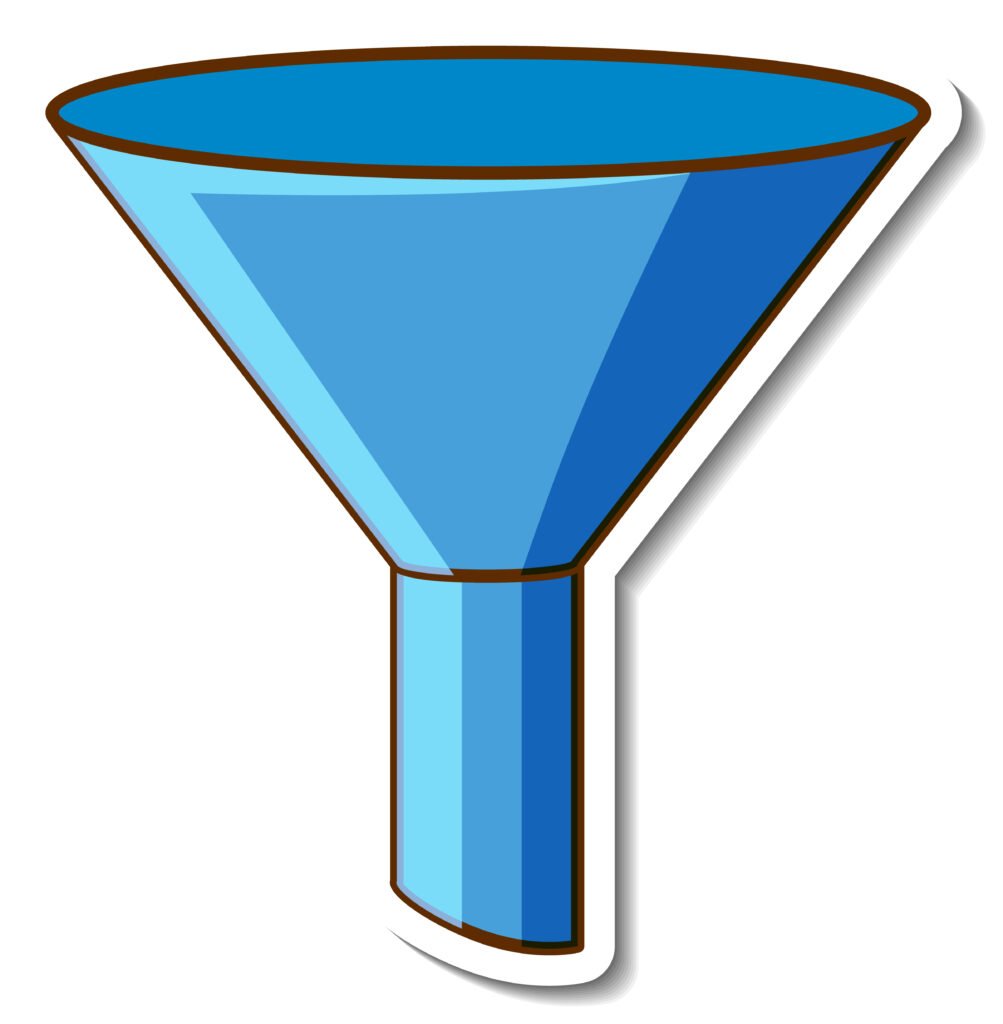
Awareness stage
The first component of the Facebook Funnel is the Awareness Stage, where the primary focus is introducing the brand or product to a broader audience. Strategies in this stage aim to create visibility, Establish brand visibility, and seize the interest of potential customers. Content such as engaging posts, eye-catching visuals, and targeted advertisements play a crucial role in making users aware of the existence and offerings of the brand. The goal is to make a memorable first impression and encourage users to move to the next stage of the funnel.
Consideration stage
Once users know the brand, the Consideration Stage comes into play. This component focuses on providing additional information, building trust, and encouraging users to explore the brand further. Content in this stage may include educational materials, customer testimonials, and interactive content like polls or quizzes. The aim is to keep users engaged and deepen their interest, moving them closer to making informed decisions about the brand or product.
Conversion stage
The third component, the Conversion Stage, is where the funnel encourages specific user actions, such as purchasing or signing up for a service. Optimized landing pages, compelling calls-to-action, and targeted advertisements are essential in this stage. The goal is to guide users through the final steps of the decision-making process, ultimately leading to a measurable conversion that aligns with the business objectives.
Retention stage
The Retention Stage’s final component concentrates on maintaining a lasting customer relationship. Strategies in this stage involve ongoing engagement, personalized communication, and providing value to existing customers. The aim is to turn one-time buyers into loyal patrons, encouraging repeat business and brand advocacy. Social media platforms, including Facebook Groups or dedicated pages, become valuable tools in fostering community and connection, contributing to long-term customer retention and loyalty.
Now that you’re acquainted with the Facebook Funnel’s concept and purpose let’s dive into each stage individually and gain a comprehensive understanding.
Facebook Funnel: A Guide to Implementation
Building Awareness On Facebook
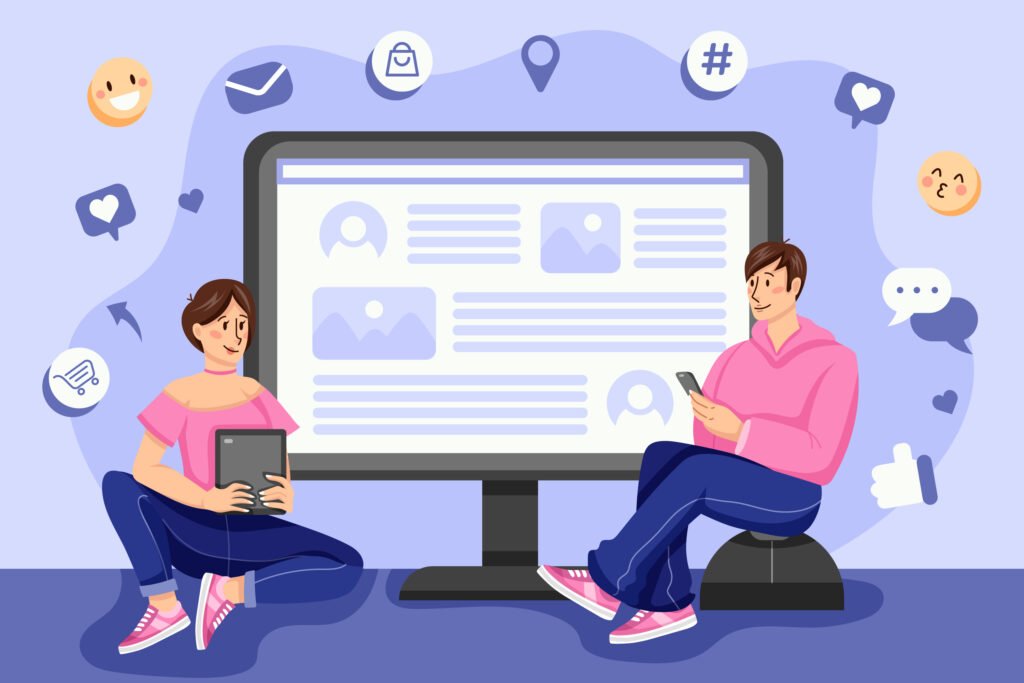
Quality Content Creation:
One of the foundational strategies for creating brand awareness on Facebook is high-quality content creation. This involves developing compelling and shareable content that resonates with the target audience.
For instance, a clothing brand could create visually appealing posts showcasing their latest collection or behind-the-scenes glimpses of the design process. By consistently providing content that is in harmony with the brand’s identity and values, users are likelier to engage, share, and remember the brand.
Utilizing Facebook Ads:
Facebook Ads provide a targeted and efficient way To target particular demographics and enhance brand visibility. Businesses can create visually appealing ads with compelling copy, targeting users based on demographics, interests, and online behavior. This approach ensures the brand message reaches the right audience, maximizing the ad campaign’s impact.
Example: A tech startup offering a new productivity app might use Facebook Ads to target professionals interested in productivity tools. The ad could highlight the app’s unique features and offer a limited-time discount, encouraging users to try the app and share it within their professional networks.
Interacting with the audience via posts and comments:
Actively engaging with the audience through posts and comments is a crucial strategy for building brand awareness on Facebook. Responding promptly to comments, asking questions, and encouraging discussions create a sense of community around the brand. This strengthens the relationship with existing followers and attracts new ones who appreciate the brand’s responsiveness and authenticity.
Example: A fitness brand could post workout tips and ask followers about their fitness goals. Responding to comments with personalized advice, encouragement, or even featuring user success stories can foster a sense of belonging and encourage followers to share the brand with their fitness-minded friends.
Generating Consideration On Facebook

Targeted Content For The Consideration Stage
Educational Content:
Providing valuable information becomes key as users move from awareness to consideration. Educational content helps users understand the brand, product, or industry in-depth.
For example, a sustainable fashion brand could create content explaining the environmental impact of fast fashion and the benefits of choosing sustainable alternatives. This positions the brand as knowledgeable and trustworthy, encouraging users to consider it a conscious choice.
Customer Testimonials and Case Studies:
Real-life experiences shared by existing customers can be influential in the consideration stage. Customer testimonials and case studies offer social proof, building trust and credibility. If a user has become aware of a brand through engaging content, seeing positive experiences from others can sway them towards considering the brand for their needs.
Example: A software company could feature a case study highlighting how their product solved a specific problem for a client. Sharing testimonials alongside the case study adds authenticity and helps potential customers visualize the software’s benefits.
Interactive Content like Polls and Quizzes:
Engaging users with interactive content can be an effective way to gauge their preferences and interests. Polls and quizzes invite participation, making users feel involved in the brand experience.
For instance, a travel agency might create a quiz to help users discover their ideal vacation destination based on their preferences. That not only entertains but also imparts valuable insights for personalized recommendations.
Implementing Effective Ad Campaigns For Consideration

Retargeting Strategies:
Retargeting encompasses displaying ads to users who have engaged with the content or brand before the brand but have yet to convert.
For example, suppose a user has been involved with educational content on Facebook about a cooking appliance. In that case, a retargeting ad can showcase a limited-time discount or additional features to encourage consideration and conversion.
Lookalike Audience Targeting:
Lookalike audience targeting involves identifying and targeting users with similar characteristics to the brand’s existing audience. If the brand has successfully built awareness and engagement with a specific group, creating a lookalike audience ensures that the consideration stage reaches a similar, untapped audience.
Example: A subscription box service for pet owners could use lookalike audience targeting To target potential new customers who exhibit resemblances to their current customer base subscribers. This extends the brand’s reach to users likely to be interested in their pet-related products.
Driving Conversions On Facebook
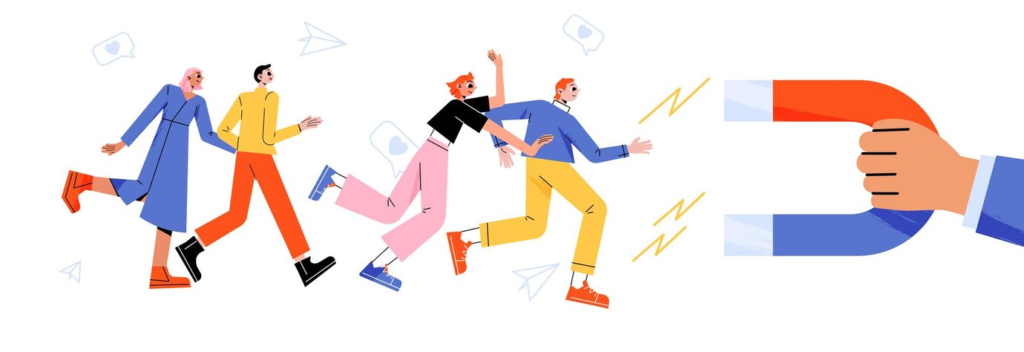
Optimizing Landing Pages For Conversions
Optimizing landing pages is crucial in the conversion stage. It ensures that users who have shown interest and consideration are seamlessly guided towards taking a specific action, such as purchasing or signing up. A well-optimized landing page is user-friendly, provides clear information, and has a persuasive layout.
Example: An e-commerce website promoting a new product on Facebook could have a dedicated landing page with high-quality images, detailed product descriptions, and a straightforward checkout process. Including customer reviews and a visible call-to-action (CTA) button enhances the overall user experience, increasing the likelihood of conversion.
Call-To-Action Strategies For The Conversion Stage
Creating Compelling CTAs:
Crafting compelling and clear calls to action is essential for guiding users toward the desired action. CTAs should be persuasive, indicating the next step the user should take.
For instance, a subscription-based service might use CTAs such as “Initiate Your Free Trial” or “Subscribe Now” to prompt users to take action.
Incorporating Urgency and Scarcity:
Infusing a feeling of urgency or scarcity into CTAs can prompt users to take swift action, concerned they might overlook a valuable opportunity. Phrases like “Limited-Time Offer” or “Only X Left in Stock” create a sense of exclusivity, encouraging conversions.
Example: An online fashion retailer running a Facebook campaign could use a CTA like “Shop Now for Exclusive 24-Hour Deals.” This creates urgency, prompting users to purchase within the specified time frame to secure exclusive discounts.
Streamlining the Conversion Process:
A frictionless conversion process is critical to reducing drop-offs. Streamlining involves simplifying forms, minimizing clicks, and providing multiple payment options. The easier and quicker the conversion process, the more likely users are to complete the desired action.
Example: A subscription box service aiming for conversions could implement a one-click sign-up process directly from the Facebook ad. By minimizing the steps users need to subscribe, the brand reduces barriers and increases the chances of immediate conversions.
Retaining Customers On Facebook: Strategies And Examples

Importance of Customer Retention in the Facebook Funnel:
Customer retention is critical to the Facebook Funnel as it focuses on nurturing existing relationships turning one-time customers into loyal advocates. Retained customers are likelier to make repeat purchases, share positive experiences, and contribute to the brand’s long-term success. In the Facebook Funnel, customer retention becomes the foundation for sustainable growth and positive brand perception.
Building a Community on Facebook:
Facebook Groups:
Creating and nurturing a dedicated Facebook Group is a powerful way to build a community around the brand. Groups allow like-minded individuals to connect, share experiences, and engage with the brand. More personally. This sense of community fosters loyalty and encourages members to remain active and involved with the brand.
Example: A fitness apparel brand might establish a Facebook Group for fitness enthusiasts to share workout routines, nutrition tips, and progress updates. By actively participating in the group, the brand builds a community where members feel a sense of belonging, strengthening their connection with the brand.
Regularly Engaging with the Audience:
Consistent engagement is crucial for customer retention. Regularly posting relevant content, responding to comments, and initiating conversations keep the brand in the audience’s mind. Engagement goes beyond promotional content, involving genuine interactions reinforcing the brand’s commitment to its community.
Example: A beauty brand could regularly share skincare tips, engage followers with beauty-related questions, and respond promptly to comments and messages. Maintaining an ongoing dialogue keeps the brand connected with its audience, enhancing customer loyalty.
Using Facebook for Customer Support and Feedback:
Utilizing Facebook as a customer support and feedback platform demonstrates a brand’s dedication to customer satisfaction. Addressing queries, concerns, and feedback promptly resolves issues and builds trust and loyalty.
Example: An e-commerce store could use Facebook Messenger as a customer support avenue, delivering immediate assistance with order inquiries and addressing concerns. Moreover, proactively seeking and responding to customer feedback on the brand’s Facebook page shows a commitment to improvement based on customer input.
Now that you know each stage in detail and also know how it works, let’s now dive into the KPIs of each stage
Analyzing And Optimizing The Facebook Funnel:

Key Performance Indicators (KPIs) for Each Stage:
- Metrics for Awareness:
- Impressions: Measure how many times your content has been displayed.
- Reach: This signifies the number of distinct users who have seen your content.
- Metrics for Consideration:
- Engagement: Track likes, comments, and shares to measure the level of interaction.
- Click-Through Rate (CTR): Compute the proportion of users who selected or engaged with a link or ad after seeing it.
- Metrics for Conversion:
- Conversion Rate: Gauge the percentage of users who’ve taken a specific action or converted to the desired action (e.g., purchasing).
- Cost Per Conversion: Evaluate the cost of acquiring a customer through Facebook advertising.
- Metrics for Retention:
- Customer Lifetime Value (CLV): Assess the total value a customer contributes throughout their entire association with the brand.
- Churn Rate: Evaluate the percentage of customers who cease their engagement or discontinue engaging with the brand over a specific period.
Tools and Techniques for Analyzing Facebook Funnel Performance:
- Facebook Analytics:
- Utilize Facebook’s built-in analytics tools to gain insights into audience demographics, engagement, and conversion metrics.
- Analyze the performance of individual posts, ad campaigns, and overall page activity to identify strengths and weaknesses.
- A/B Testing Strategies:
- Conduct A/B tests on various elements such as ad creatives, copy, or landing page layouts to identify the most effective variations.
- Test different audience segments to understand which demographics respond best to specific content or campaigns.
Common Challenges In Implementing A Facebook Funnel And Strategies For Overcoming Them
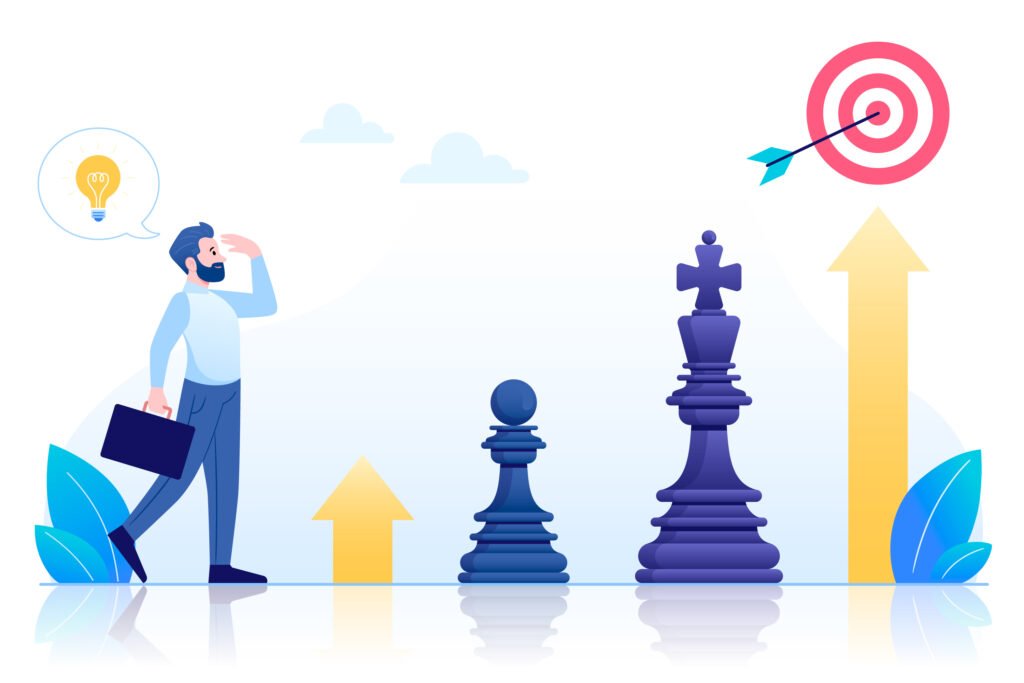
Common Challenges:
- Audience Saturation: Facing the risk of overexposing the audience to content, leading to decreased engagement.
- Ad Fatigue: Users become immune to ads due to repetitive content, resulting in diminished effectiveness.
- Attribution Complexity: Difficulty in accurately attributing conversions to specific Facebook interactions.
- Changing Algorithms: Frequent updates to Facebook’s algorithms impact content visibility.
Strategies for Overcoming Challenges:
- Diversify Content: Combat audience saturation by diversifying content formats, such as images, videos, and interactive posts.
- Ad Rotation: Avoid ad fatigue by regularly refreshing ad creatives and experimenting with different ad copies and visuals.
- Multi-Touch Attribution: Employ multi-touch attribution models to understand the customer journey and attribute conversions better accurately.
- Stay Informed: Continuously educate yourself on Facebook’s algorithm changes, staying ahead to adapt strategies accordingly.
Conclusion
With a comprehensive understanding of the Facebook Funnel, there’s no need to delay. Start crafting your Facebook Funnel now and observe its impact on your business. Be proactive in adjusting strategies if results are different from what is expected.
However, if you still have any blog questions, please leave them in the comment section. Feel free to ask any questions; we are here to assist you.
Thanks for reading 🙂




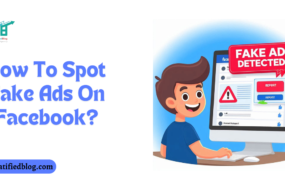
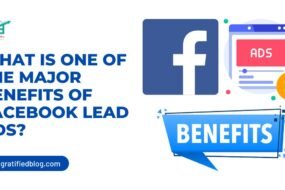

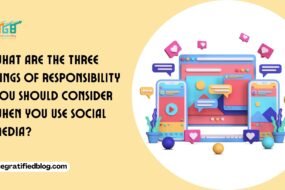
No Comments